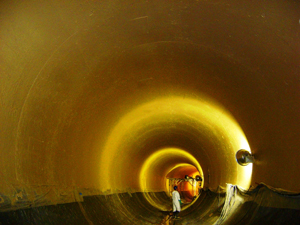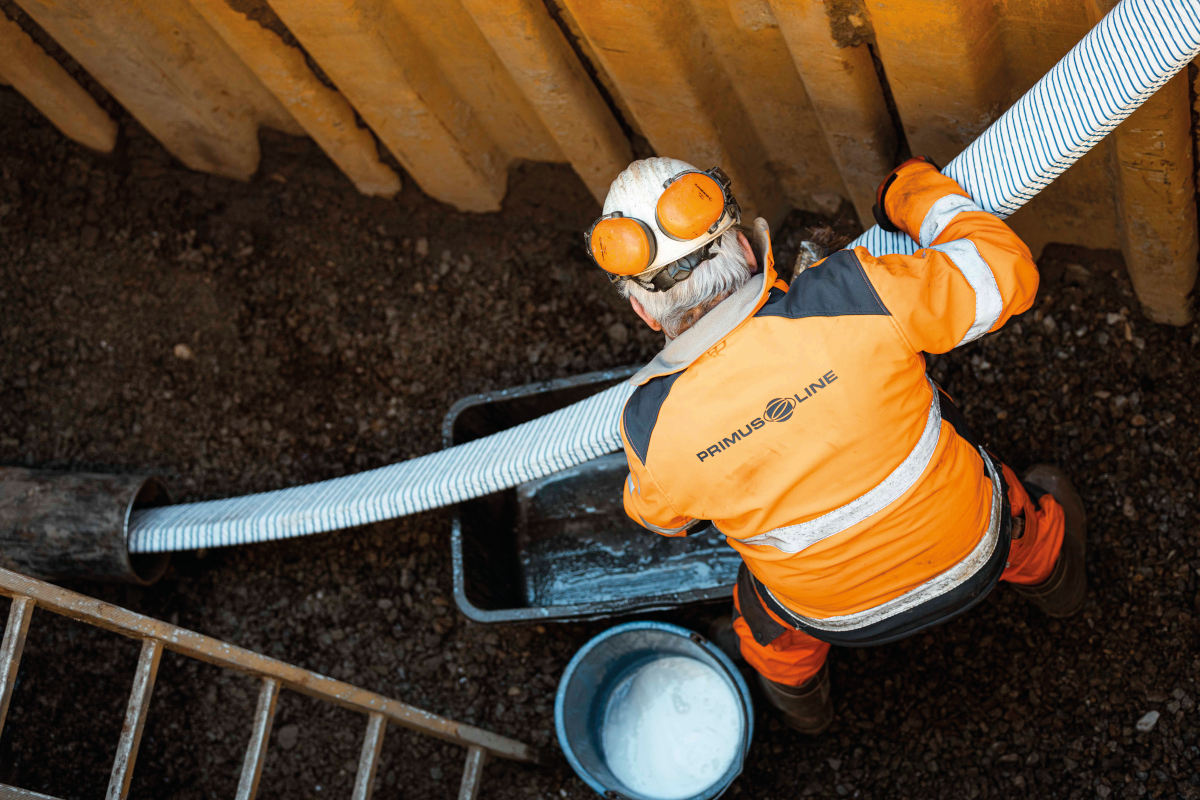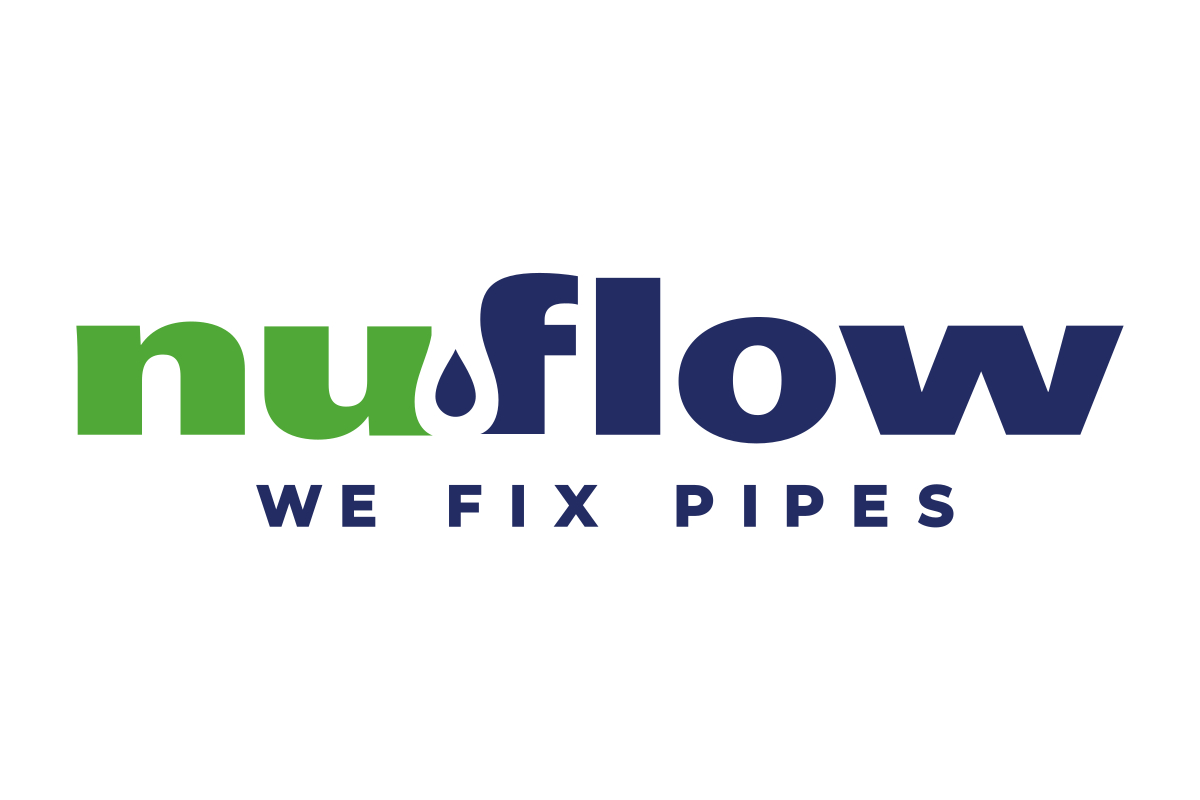Advances in Latin America Wastewater Infrastructure
January 27, 2011
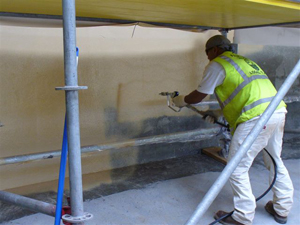 Latin America has recently emerged as a new powerhouse for the use of wastewater treatment technology. The countries of Latin America were delayed in employing the new advances of the wastewater market due to other infrastructure priorities. However, growing populations and civic development has imparted a greater need for water treatment innovation than in the past.
Latin America has recently emerged as a new powerhouse for the use of wastewater treatment technology. The countries of Latin America were delayed in employing the new advances of the wastewater market due to other infrastructure priorities. However, growing populations and civic development has imparted a greater need for water treatment innovation than in the past.Vast areas of land are being deforested to build new communities for the ever-growing population. The catch-22 is that while this land is being developed for peoples’ use, the deforestation is also causing harmful runoff to drain into the rivers and this is drastically impacting the peoples’ clean water source. Industrial growth in Latin America is steadily growing as well and these industries and business need clean water to manufacture goods. These industries consume clean water at a significant rate, as well. The collection, transportation and treatment of wastewater allows the use of reclaimed water for many needs.
Following are some of the advancements being made:
- Chile, Brazil and Colombia are working very hard to update and upgrade all wastewater treatment infrastructure.
- Mexico, due to its proximity to the United States, has embraced some of the same rules and regulations related to water and wastewater management that the United States uses (the Rio Bravo/Rio Grande Water Treatment Treaty is an example).
- Panama has initiated a complete revamp of the sewer collection system to divert all the wastewater to treatment facilities in an attempt to clean all the shores and beaches.
- Aruba, one of the pioneers in wastewater treatment and reclaimed water re-use in Latin America, is in the process of building a second wastewater treatment plant.
- Puerto Rico and the USVI have been working very hard to repair and restore all the wastewater collecting systems, including pipelines, manholes, lift stations and treatment plants using state of the art technology and products.
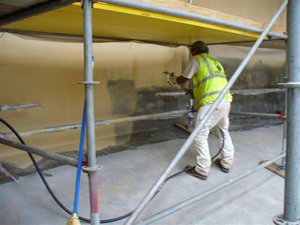 Today, technology provides the opportunity to rebuild most of the old concrete and brick structures damaged by exposure to the very aggressive chemicals and acids present in the wastewater environment, including MIC (Microbiological Induced Corrosion). What most people do not realize is that a large amount of bacteria (Thiobacillus) lives in the wastewater environment and feeds on the gases resulting from decomposition of human waste. In this process, S02 and S03 are segregated. When these gases condense with the humidity and moisture present in collection systems, Sulfuric Acid forms. Concentrations can reach 40 percent, damaging all concrete, steel and brick structures exposed to it.
Today, technology provides the opportunity to rebuild most of the old concrete and brick structures damaged by exposure to the very aggressive chemicals and acids present in the wastewater environment, including MIC (Microbiological Induced Corrosion). What most people do not realize is that a large amount of bacteria (Thiobacillus) lives in the wastewater environment and feeds on the gases resulting from decomposition of human waste. In this process, S02 and S03 are segregated. When these gases condense with the humidity and moisture present in collection systems, Sulfuric Acid forms. Concentrations can reach 40 percent, damaging all concrete, steel and brick structures exposed to it. 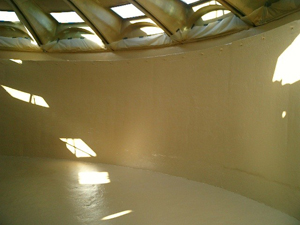 Surface restoration products allow us to restore (instead of remove and replace) most of the concrete and brick structures existing today, saving not only time and money, but also disturbance to the citizens living in the areas where the restoration is done.
Surface restoration products allow us to restore (instead of remove and replace) most of the concrete and brick structures existing today, saving not only time and money, but also disturbance to the citizens living in the areas where the restoration is done.Many 100 percent-solids, resin-based products are not only friendly to the environment, but also for users, as well. Today’s more advanced materials add the versatility of being able to be applied in the specified thickness in just one coat. This eliminates the need to come back for two or even three re-applications to comply with specifications. Concrete, brick and steel can be protected with these resin-based products, stopping the corrosive attack and destruction of structures exposed to them.
Airless spray technology helps in the application of protective coatings in a very fast and accurate manner, ensuring a great penetration and bonding onto the surface. The end result is a longer service life to the municipality and/or owner of the facilities.
About the author:
Luis F. Granes is Latin America Regional Manager for Sauereisen Inc., which is based in Pittsburgh, Pa.. He has worked for the company since 1999 and has more than 25 years of experience in the corrosion control industry. A graduate of I.U.N.P. Caracas, Venezuela, he is a member of NACE since 1987 and is Past Chairman of the NACE Pittsburgh Chapter.

